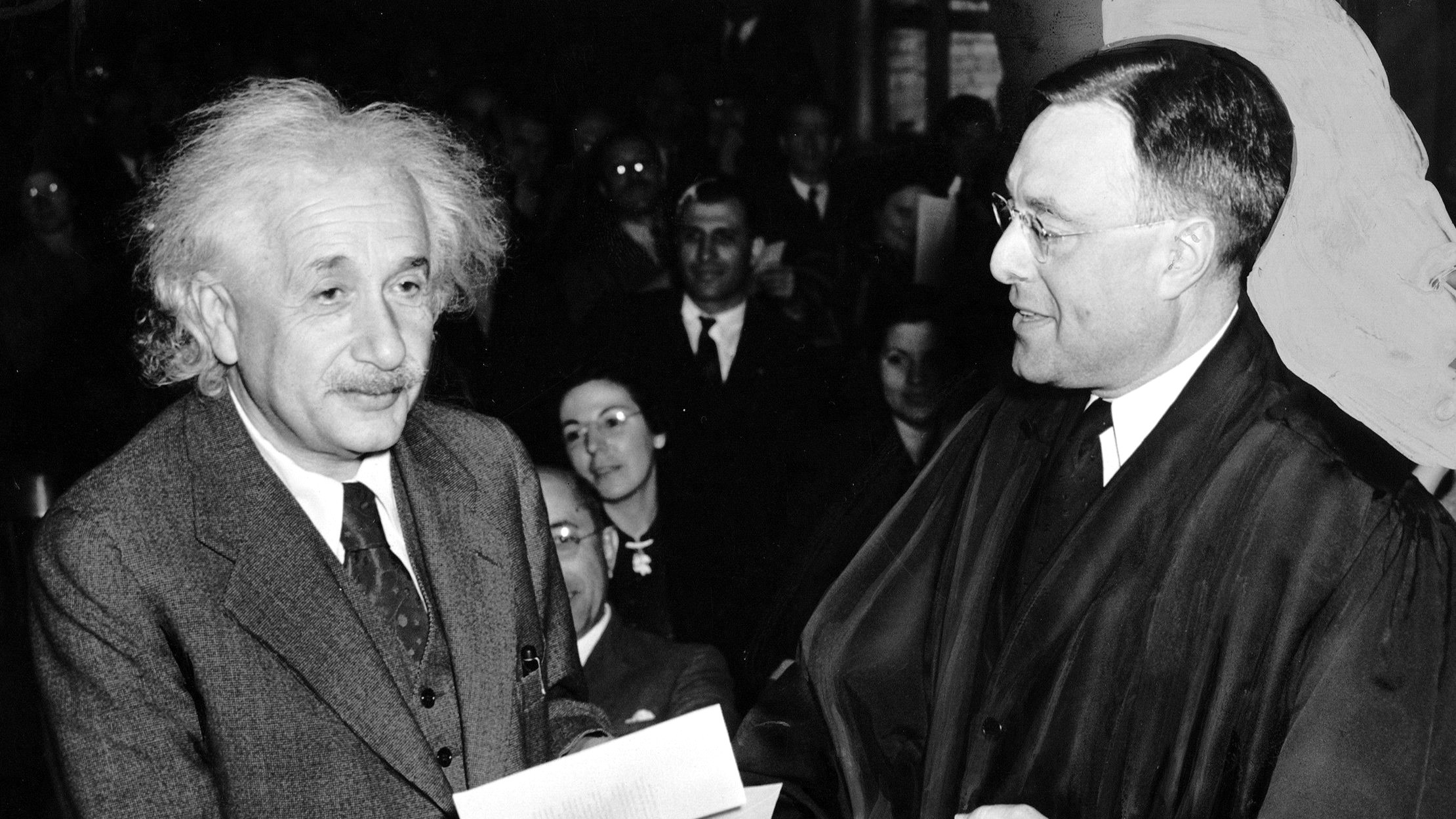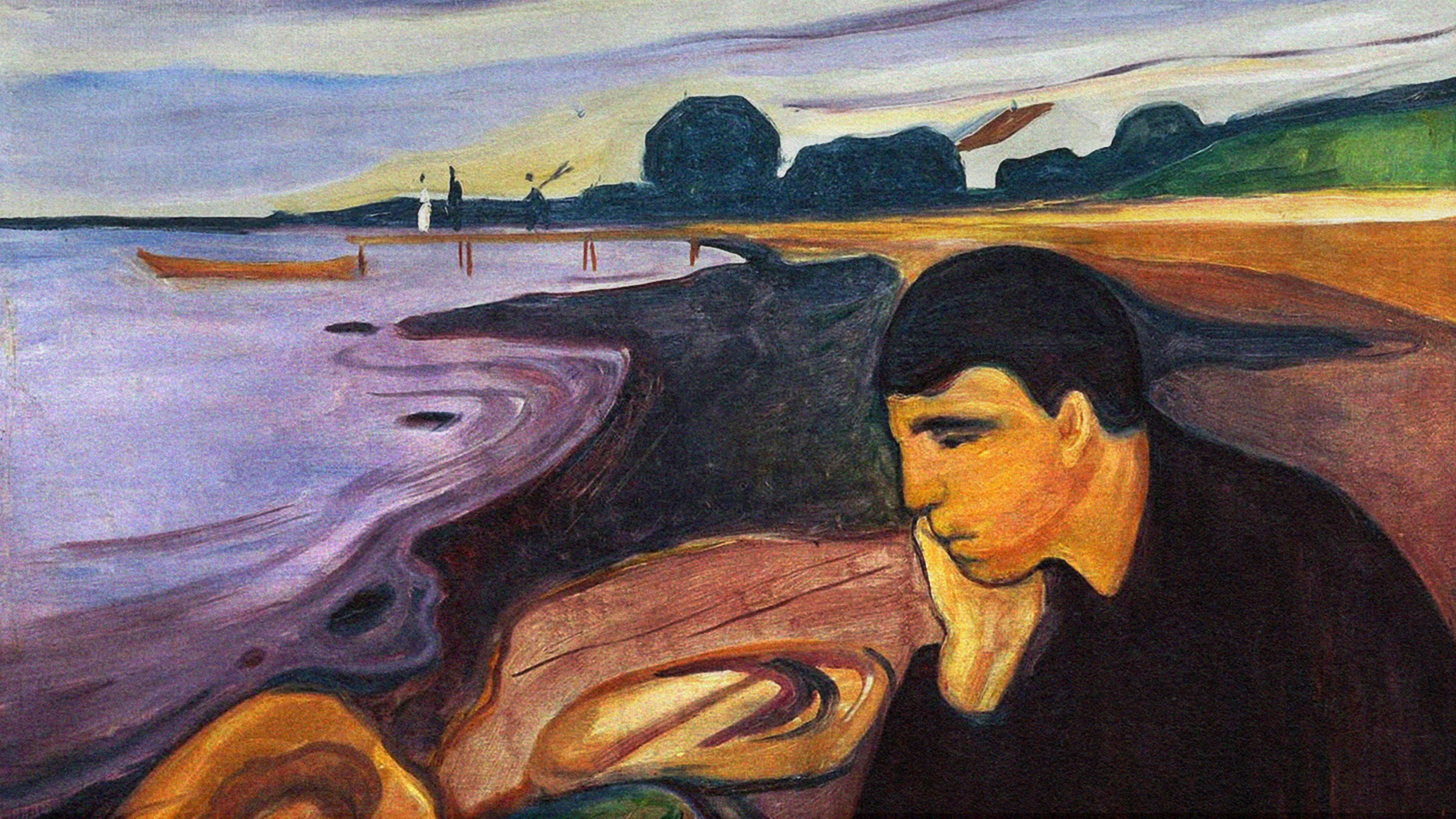Orhan Pamuk has a penchant for the great but forgotten museums that inspired the likes of Proust and Malraux—places where one goes to contemplate “life after death.”
Question: What are some of the world’s most neglected museums?
Orhan Pamuk: Okay, I'll mention them. For example, Bagatti Valsecchi in Milano, one of the sources of my museum. In fact, when the book was published in Italy, I went there, had a reading there, trying to highlight the museum because this was a museum done in the mid-19th century by two Italian aristocrats to represent fifteen-and-fourteenth-century Renaissance life in Italy. They had bought all the things, Renaissance things, from flea markets because they were cheap and available at that time, and converted their own homes into a museum. But then they were using these museum objects, old objects, real objects from the Renaissance, as their daily life objects. And I like museums where people think about their life after death, and slowly and slowly, before they ****, convert their homes into museums. There are places like that -- for example Musée Gustave Moreau in Paris. Gustave Moreau, I think, is a classicistic, a bit kitschy painter, but a great painter. But an interesting figure. Proust mentioned so many writers. André Malraux -- surrealists were influenced by him. Why? Not because of the quality of his paintings, I think, but because of the idea of his museums. He comes from a well-to-do family, and towards the end of his life he converted his studio, the house his family lived in all along for years, into a museum, calculating that after his death his studio and house will be a museum. And he was successful in that. Just because his museum was successful, we still know the name Gustave Moreau.





